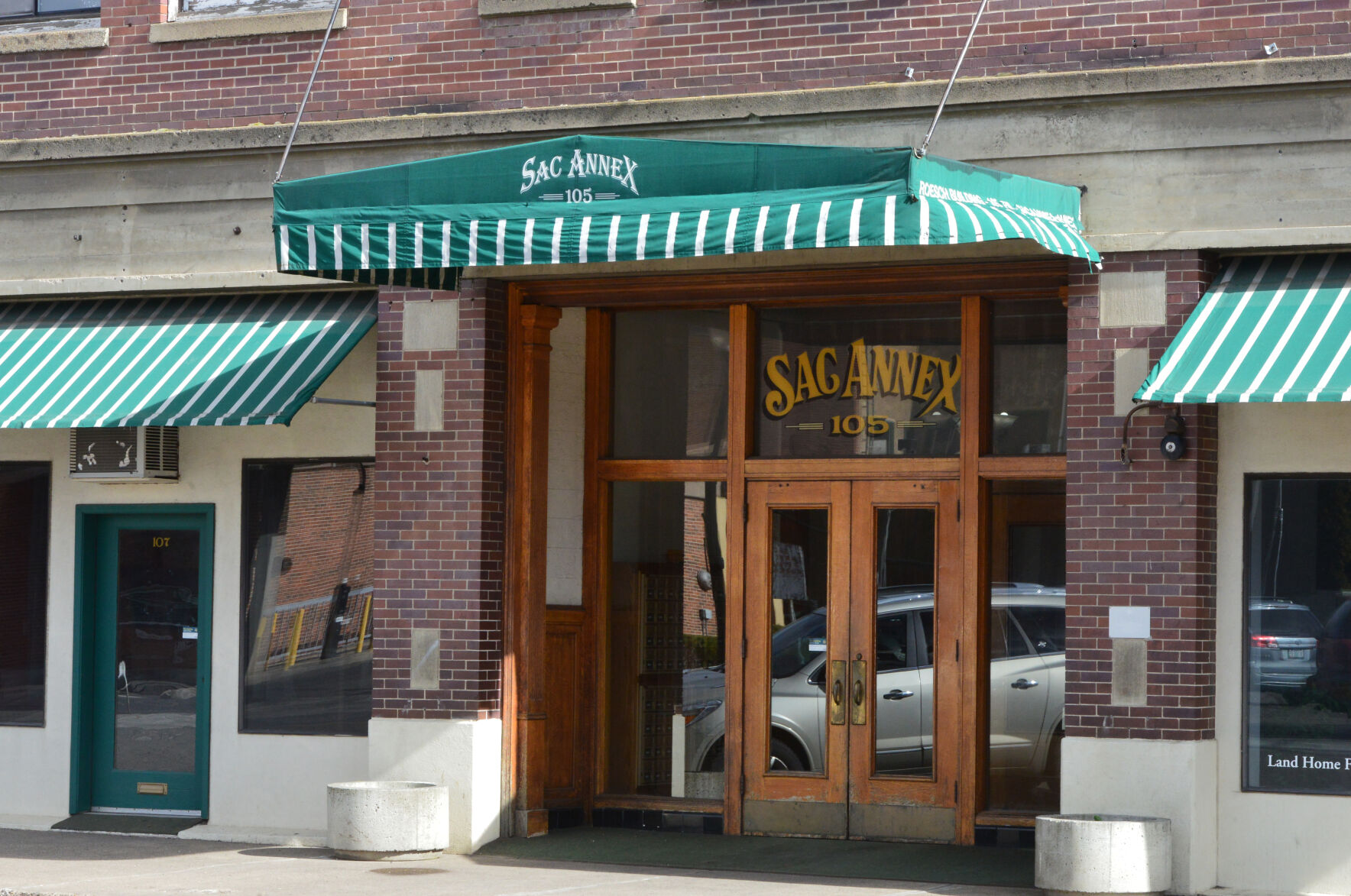Could tree be Northeastern Oregon’s oldest living thing?
Published 12:00 am Thursday, August 23, 2001

- This massive, gnarled tree is presumed to be a limber pine, although the limber and the similar white bark pines are difficult to tell apart. Regardless, judging from its massive girth, the tree very well could be the oldest known limber pine in Oregon if not the oldest organism. (Photograph submitted by Gary Dielman).
By JAYSON JACOBY
Of the Baker City Herald
Gary Dielman was just trying to keep from sliding off the nearly sheer south face of the mountain when he saw something thats been living in that precarious place perhaps since Leif Eriksson sailed the North Atlantic.
It was a tree.
An extremely fat tree, so thick that even a long-armed NFL linebacker could hug the trunk and his hands wouldnt touch on the other side.
But not necessarily an impressive tree, at least not to a person who rates flora by height alone.
This tree was gnarled and short as well as thick, the very antithesis of the photogenic old-growth redwoods and Douglas-firs, with their beam-straight, limbless trunks and cloud-tickling tops.
But Dielman, of Baker City, has an affinity for all trees, and especially for those few hardy species that can survive for centuries in the alpine environment, where the climate and scarcity of food and shelter conspire to kill.
Trees like the one he found that day three summers ago on Cusick Mountain, a tree that might be the oldest living thing in Northeastern Oregon.
Trees like the whitebark pine, which is Dielmans favorite.
These tough trees have a disdain for the deep, fecund soils of the lowlands, thrusting their roots instead into rock-strewn slopes up at 8,000 feet and higher, where the term growing season sounds fanciful.
Dielman thought it was a whitebark he saw that day as he clattered down the shaly limestone cliffs on the south side of Cusick, a 9,518-foot peak in the Eagle Cap Wilderness north of Halfway.
He was coming off Cusicks summit, but the shortcut he chose had turned out to be a bad way to go.
Dielman was crossing an ankle-twisting minefield of unbalanced rocks when he looked up, and here was this monstrous tree.
He thought it might be the biggest whitebark he had ever seen, bigger even than the dead one he had found on a ridge above Summit Lake in the Elkhorns northwest of Baker City.
That fallen trees base was exposed, and polished so smooth by wind and rain and sun that Dielman could count its rings.
They were so close together 110 in one 1-inch segment that it took him 45 minutes of squinting to finish the job.
There were 800 rings.
This tree was different
The tree on Cusick Mountain was alive, though, so there were no visible rings to count.
As he examined the tree, Dielman was disappointed.
He had already exposed every frame of film in his pack, so the only records of the tree were his memories and his handwritten notes.
When he got home Dielman called Charlie Johnson, a U.S. Forest Service ecologist who has studied whitebark pines across Northeastern Oregon.
Johnsons response was a surprise.
He told Dielman it was probable the tree wasnt a whitebark pine at all, but rather a limber pine, a species Dielman wasnt familiar with.
Johnson told Dielman that although limber pines are much more rare in the Eagle Cap than whitebarks there are none at all in the Elkhorns, for example they tend to be bigger.
I had no idea there was such a thing (as a limber pine), Dielman said. I assumed it was a whitebark.
After talking to Johnson, Dielman decided to bone up on limber pines. He scanned the Internet, and he talked with a biologist at Montanas Glacier National Park, where limber pines are common.
Dielman learned that distinguishing between a limber pine and a whitebark can confound even an expert.
The commonest method to tell one pine from another is to count the number of needles per bundle. Lodgepole pines, for example, have two, ponderosas three.
But counting needles is futile with whitebarks and limbers both species have five needles in each cluster.
Cones are the clincher.
Limber pine cones are a bit bigger than whitebark cones, and generally green, compared with the purplish-red cones of the whitebark.
And limber pine cones usually have intact scales, Dielman said; because the seeds fall off the cones naturally, the birds and squirrels that eat the seeds dont need to gnaw the cones.
Whitebark cones dont drop their seeds, so unless you beat the critters to a newly fallen cone, its scales probably have been chewed, Dielman said.
Another clue to the identity of his tree is where its growing.
The slope Dielman scrambled across is made of limestone, the type of rock limber pines seem to prefer, Johnson said.
Whitebark pines usually grow amidst other rocks, he said.
That may explain why whitebarks are widespread in the Elkhorns, where limestone is rare. Limber pines are absent from the range.
A return trip
Dielman returned to Cusick Mountain a few weeks ago.
He brought a new technological toy he didnt have three years ago a digital camera and he took about 50 photos of the big tree from a variety of angles.
Based on the evidence hes seen, Johnson said he is pretty certain the tree is a limber pine.
He plans to do some field work near Cusick Mountain next summer, and he said hell look at the tree if he can.
Johnson said its impossible to tell the trees age without cutting it down.
But he said he could take a partial core (the trees trunk is so thick a coring tool wont go all the way through) and send it to a laboratory in Arizona whose scientists specialize in counting tree rings.
The labs experts estimate a trees age by counting rings on a partial core, then extrapolating, Johnson said.
Although its impossible to say with certainty what is the oldest living thing in Northeastern Oregon, Johnson said the holder of that title probably is either a limber or whitebark pine.
Animals, of course, fall far short in durability, and none of the other trees that grow in the region live as long as those two species of pine, he said.
The oldest known whitebark, in Idaho, lived for about 1,270 years, Johnson said. That tree is dead now.
Limber pines have been aged to 1,700 years, he said.
Dielman is eager to hear Johnsons firsthand impressions of the tree, and for any results that may come from the tree-ring lab.
It wouldnt surprise me if its one of the oldest things around, he said.





